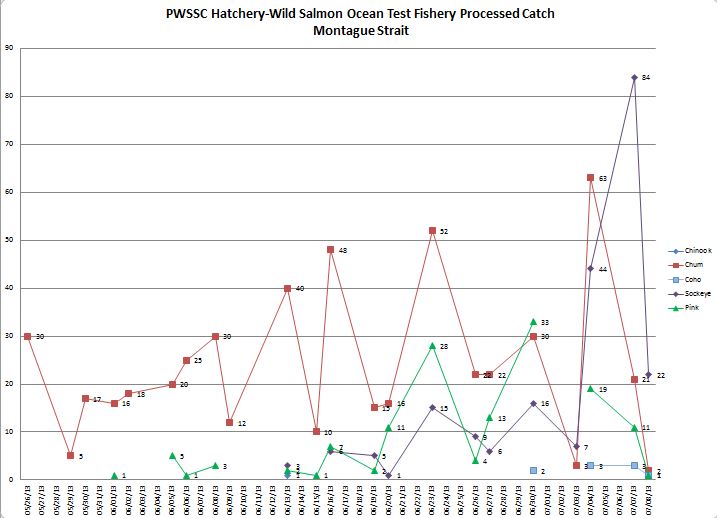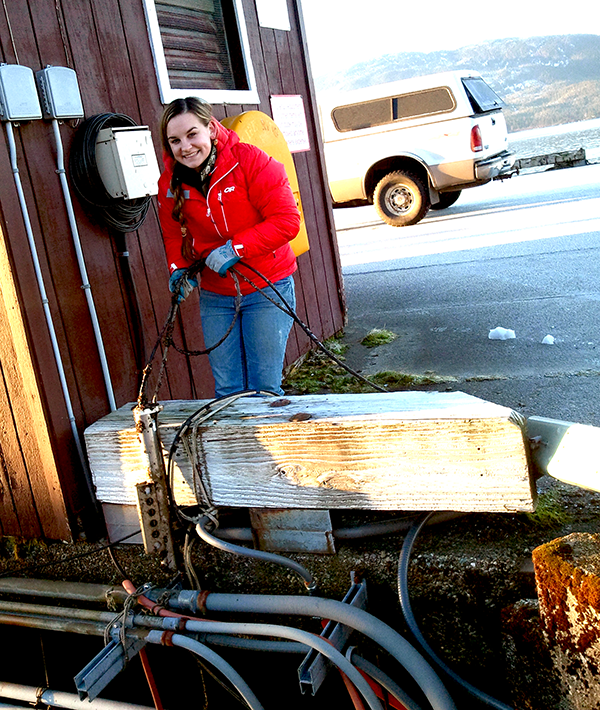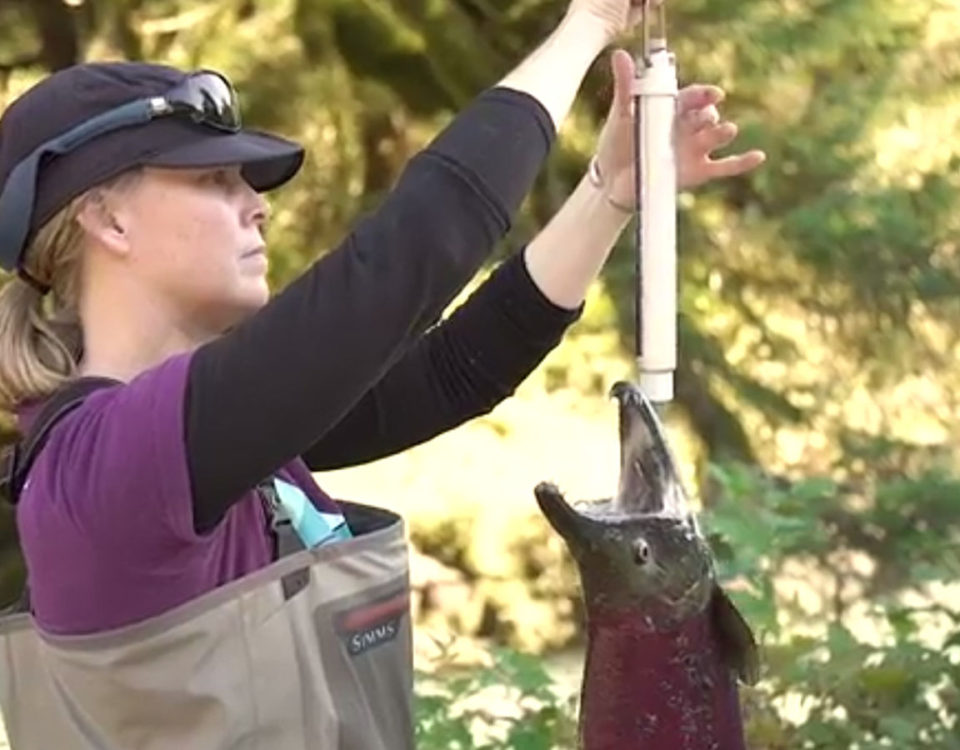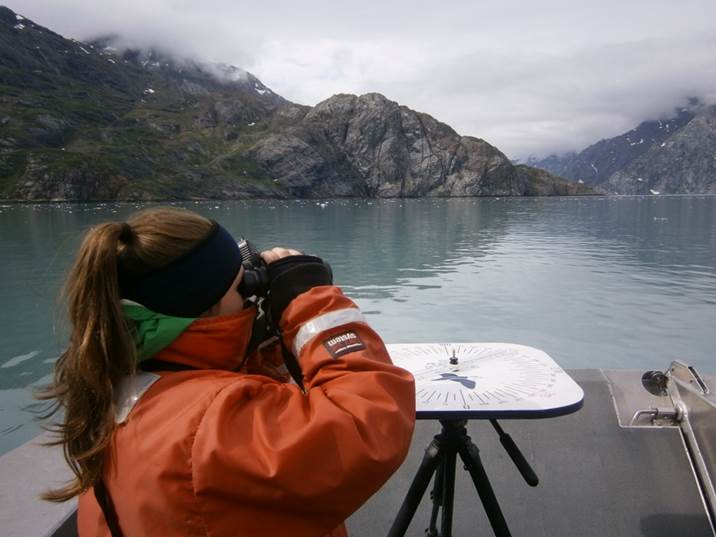Conductivity Sensor at the Cordova Tide Station

The Alaska Ocean Observing System (AOOS) is always exploring new ways to collect oceanographic information. Working with the Prince William Sound Science Center (PWSSC) and NOAA’s Center for Operational Oceanographic Products and Services (CO-OPS) a salinity sensor has been added to the Cordova tide station. This project demonstrates a new approach for providing oceanographic measurements. The salinity sensor and its maintenance is the responsibility of the PWSSC, but the data is transmitted as part of the information from the CO-OPS tide station. Data from the sensor can be obtained from the real-time sensors map on the AOOS website or through NOAA, under products and conductivity.
The conductivity measurement provides a measure of salinity, which tells us about freshwater input. Lower conductivity means greater freshwater influence. Given the amount of rain we get in Southcentral Alaska it is very important to understand freshwater input to the ocean if we are to understand oceanic variability and circulation. The tide station has provided regular measurements of the water temperature since the 1960s and the addition of the conductivity will allow us to understand how changes in water temperature are related to changes in freshwater.





